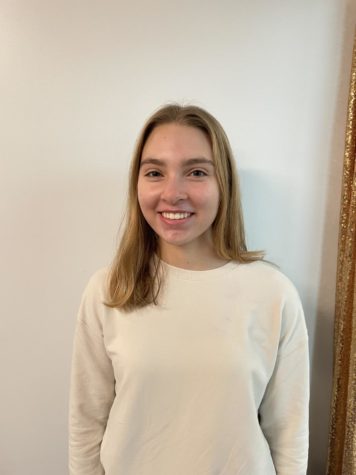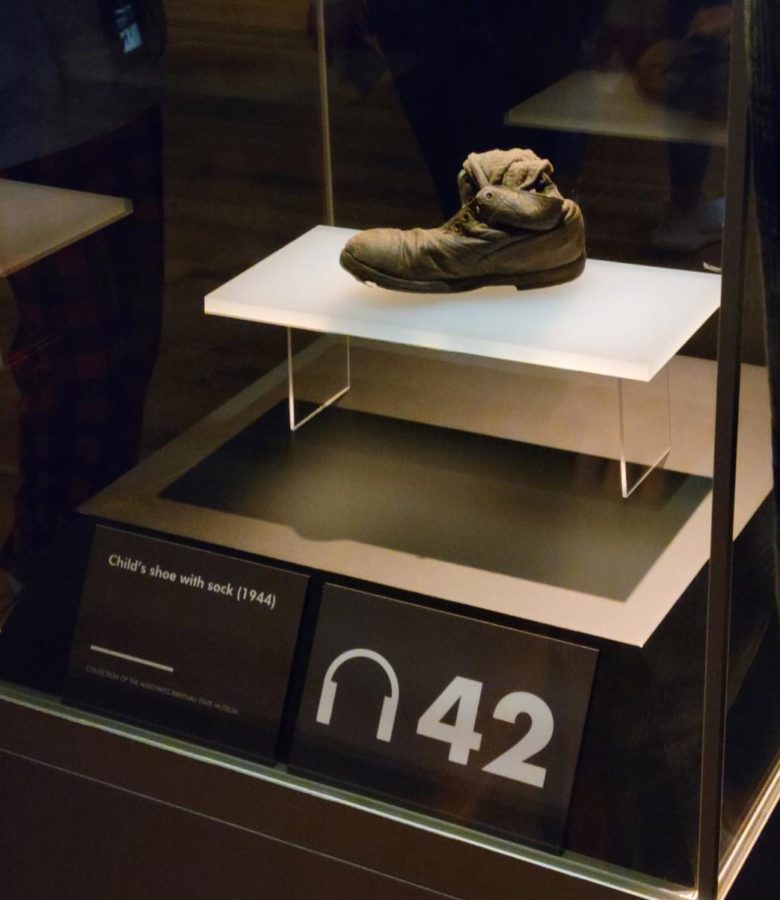An Experience to Remember
Sophomores take field trip to Union Station Auschwitz exhibit
In late February, sophomore history classes traveled to Union Station to visit the “Auschwitz. Not long ago. Not far away.” exhibit.
It opened to the public on June 14, 2021 and was supposed to stay in Kansas City until Jan. 23, 2022. Immediately tickets started to sell out, so to keep up with demand the exhibit extended its hours. By January, 300,000 people had visited, setting an all-time record for Union Station.
People from every state and even from other countries traveled to Kansas City for the experience. The exhibit was previously in New York City, and Kansas City was its second and last stop in the U.S.
In January it was announced that Union Station was able to extend the exhibit’s stay in KC through March 20. With not much time before the exhibit left to return to Europe, some BV students were able to visit.
Sophomore Ashley Thatcher was one of the students who went on the field trip.
“The museum was in sections,’’ Thatcher said. “We had headphones on with an informational tour showing us through the museum.”
The exhibit starts off by explaining the roots of antisemitism, the aftermath of World War 1 and how Hitler came to power.
The beginning is an extremely important part of the walk through because it helps guests understand how such a tragedy could happen in the very world that we live in. After background information, there are details about the deportation process and life in Auschwitz.
Throughout the exhibit, there are more than 700 artifacts and 400 photos on display.
“Two artifacts that I distinctly remember are a little kid’s shoe with a sock in it and a handmade doll made from the blankets in the camps,” Thatcher said.
Graphic images of the death camp demonstrate how the prisoners were dehumanized, starved and worked to death. There are also videos of survivors explaining the living conditions and the horrific tasks that they were given.
Eventually, guests get to the liberation section that explains the process of liberating camps and restoring the prisoners’ health. Survivors discuss the transition from survival mode to living a normal life. The simple act of eating a normal meal was difficult at first due to extreme starvation. Survivors were grateful for their liberation, but filled with pain knowing their family, friends and neighbors did not make it out alive.
The exhibit ends with a powerful message from the survivors detailing what they want visitors to learn from the darkest chapter of history. The whole experience can take a few hours but taking the time to read all the information and see all the artifacts will leave observers with a greater appreciation for life.
“I learned more about the camp and the destruction that it had on millions of people,” Thatcher said. “It’s important to learn of the holocaust because this mass genocide shows how even through horrible times society can stay hopeful and come together to help. Also, to prevent this from ever happening again.”
The information was a lot for students to grasp and understand. The next class period students discussed what they learned and what shocked them and any remaining questions were resolved.
Modern World History teacher Jenny Buchanan volunteers at the Midwest Center for Holocaust Education where she trains teachers how to educate their students on the Holocaust. She also is the sponsor of the Holocaust and Antisemitism Education Club.
“I hope students gained an ability to see the Holocaust as an experience that real people experienced, with a personal narrative,” Buchanan said. “I hope students walked away with a greater understanding and an interest in learning more and [learned] to not just be bystanders but to help others.”

Katelyn Collins is a sophomore, and this is her first year on staff. She plays tennis for Blue Valley High and at OPRC. Outside of school, she participates...




